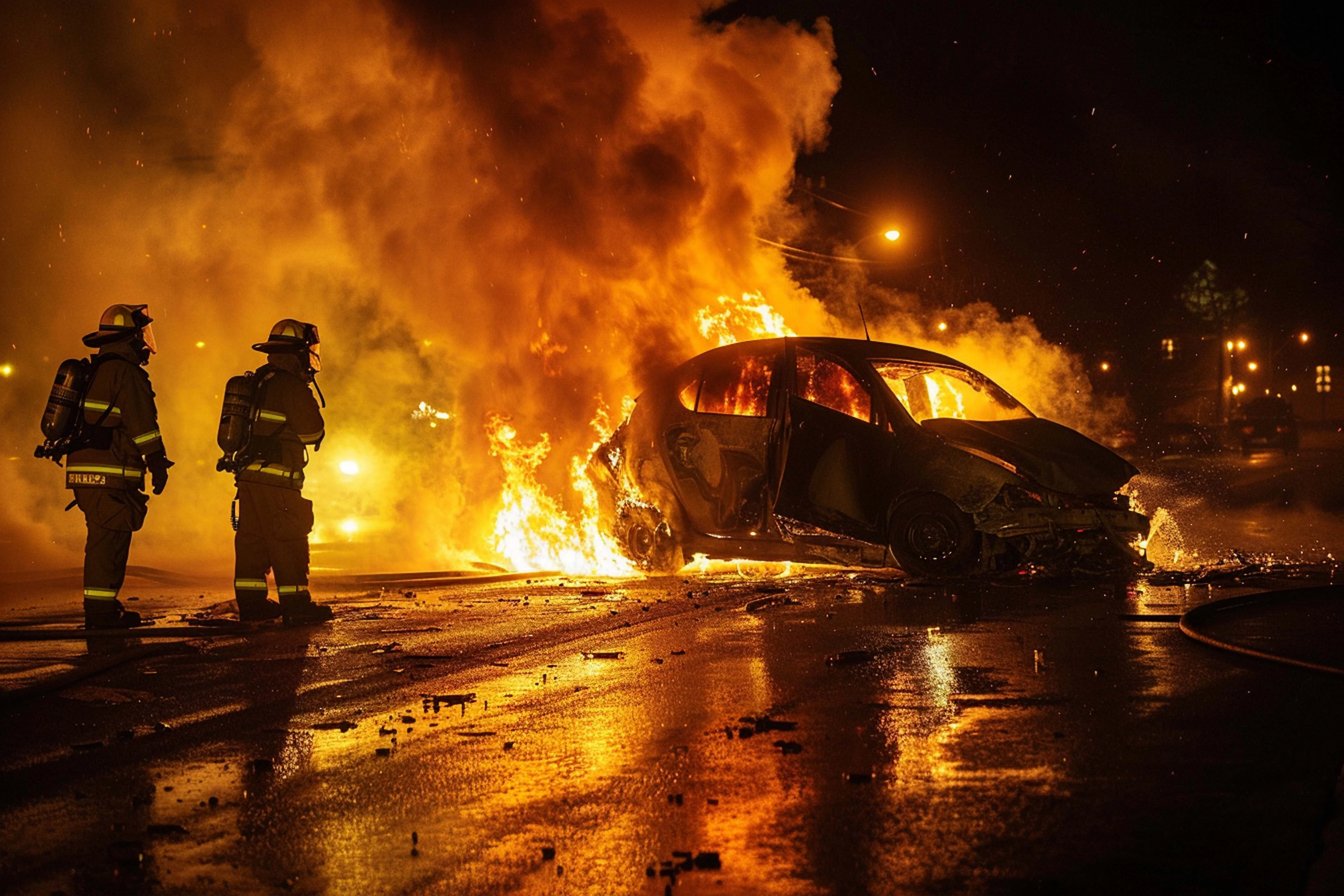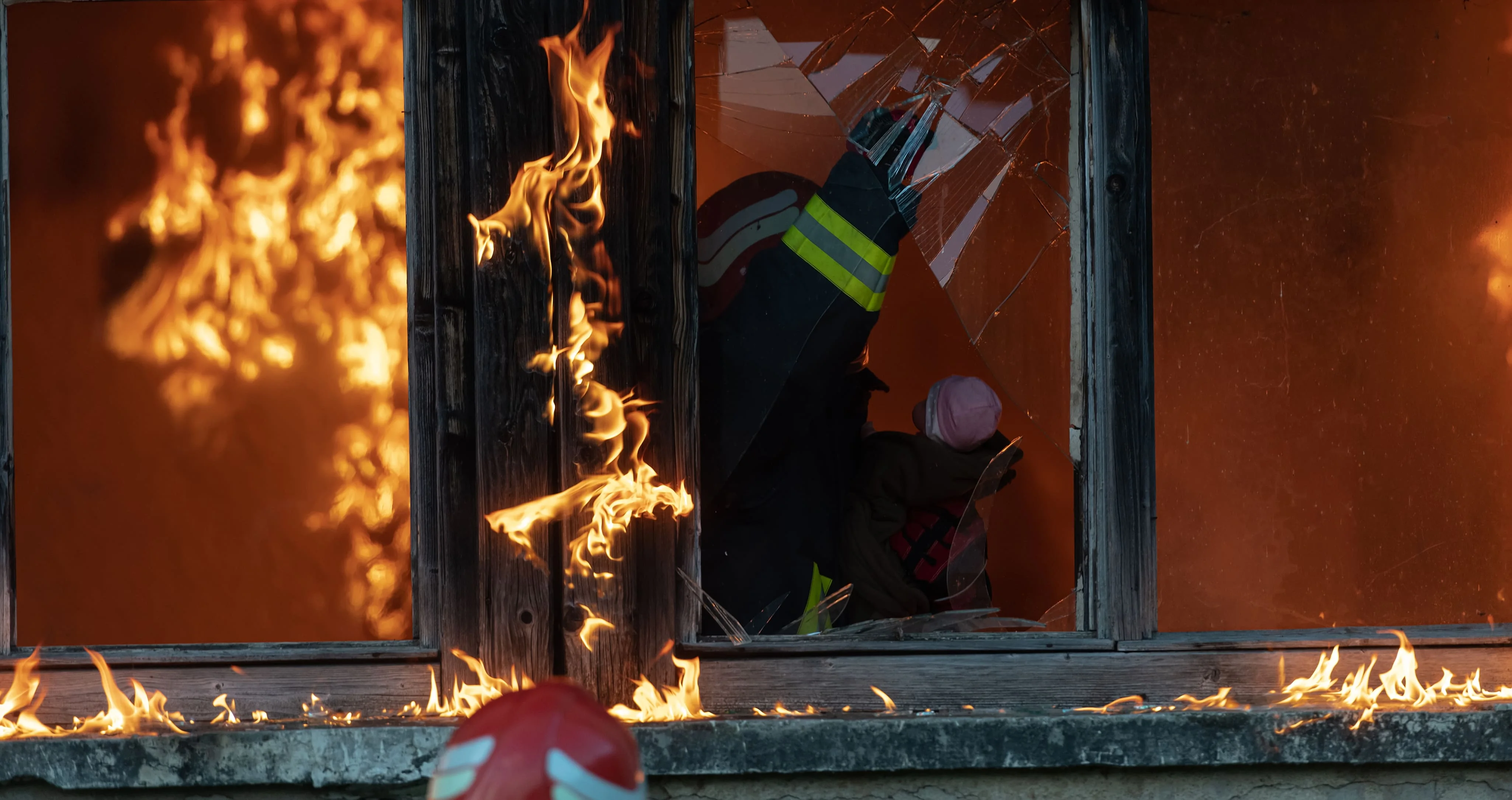The Scientific Method of Fire Investigation


The objectives of any fire investigation procedure are to determine the origin of the fire, its cause, how the fire developed and spread, and who was responsible for it. The scientific method of fire investigation is a process that involves identifying the question, recognizing the need, gathering data and analyzing it, and developing and testing each hypothesis until you reach a final conclusion.
The scientific methodology is widely recognized and followed within the fire investigation community. It allows the evaluation of the hypothesis based on the available information to minimize bias. Read on to learn more about this method and the steps involved in the process.
Table of Contents
The scientific method in fire investigation is defined by NFPA 921 as a systematic pursuit of knowledge. It involves recognizing and identifying a problem, data collection through experiment and observation, formulation of a hypothesis, and testing it to reach a final conclusion.
Since NFPA 921 was first introduced in 1992, courts have placed a lot of attention on the methodology used by fire investigators to arrive at conclusions about the origin and cause of fires. The scientific method is generally accepted in the scientific community because it provides a peer-reviewed, uniform protocol of practice. Testimony from investigators who use a systematic approach to form opinions is also generally viewed as reliable.

The National Fire Protection Association (NFPA) provides seven steps for the scientific method of fire investigation. We’ve provided a detailed explanation for each step below to show how to conduct each of them to determine which hypothesis best explains the cause and origin of the fire.
The first step of the process is realizing that there is a problem to be resolved. This usually starts when an investigator is given a notification about an incident and is requested to investigate it. The exact nature of the problem or the incident will usually determine the responsibility and the role of the investigator.
Once you arrive at the scene, you’ll need to define the problem that has to be solved. For fire investigators, this usually involves determining what caused the fire and where it originated from. Investigators also need to determine how the fire spread, if there were any casualties, and if the surroundings played a role in the spread of the fire.
This is an important part of the process since it determines the information that an investigator collects during the investigation. Defining the problem that should be solved also allows you to allocate resources more efficiently.
Once you have identified a problem to investigate, you’ll need to focus on collecting data about the fire scene. An investigator should collect data to gather valuable information that would later help support their hypothetical premises.
You must investigate every aspect relating to the fire incident and must record the data through fire scene photography, note-taking, and other means. You may also have to conduct interviews to collect data. Any data that you collect should be unified to help make the decision-making process easier.
Any data that you collect at this state are based on experiences, observations, and experiments. This is known as empirical data. Once you’ve collected sufficient data, you can then start analyzing it.
A fire investigator should reasonably and logically analyze all data collected. You’ll need adequate expertise and knowledge for this. This experience and knowledge can be from your area of specialization or from past experience. If you have a background in electricity, you may be better suited to investigating fires due to electric-related causes. Those with military backgrounds may do well in arson investigations.
You may also have to conduct technical analysis, such as heat and flame vector analysis and arc analysis. Interviews may also play an important role in this process. Thematic analysis of data can then help you formulate a hypothesis.
Analyzing data helps you develop a hypothesis that may explain the events related to the fire. The theory must be supported by the data you collected. This step of the process allows investigators to solve the defined problem through inductive reasoning.
The goal of this step is to help you identify how and where the fire occurred and if someone was responsible for it. Witness statements should be reviewed again at this stage to ensure they match the fire behavior.
Once you have a hypothesis, it’s time to test it. Fire investigators must take the facts related to the incident and must carefully challenge them all. You can only accept a hypothesis if it stands up to these challenges.
If a theory doesn’t stand up to challenges, discard it. You must then go back to the data collection stage to gather more facts, analyze them, and come up with a different hypothesis. You must also carefully test this new hypothesis to determine if it’s right.
For example, you may realize that a fire couldn’t have spread a certain way based on the fire patterns you noticed on the scene. Further examination of the data may reveal a different cause for the fire.
The last step of the scientific method of fire investigation is also the most critical since it involves coming up with an explanation that depicts the outcome. The hypothesis you select must be able to stand up to the challenges of deductive reasoning to qualify as the cause of the problem.
The selected hypothesis should be supported by thorough fire cause analysis, ensuring it aligns with the evidence and stands up to scrutiny.
You may have to keep re-investigating the scene, collecting and analyzing more data, and coming up with new theories until you can come up with a hypothesis that reasonably stands up to challenges to warrant it to qualify as a final hypothesis.
The final conclusion of your investigation depends on this tested hypothesis. This conclusion provides an explanation of the fire’s origin and cause, as proved by the hypothesis. This will also allow you to make recommendations to avoid related incidents in the future.

Fire and explosion investigation is a challenging process from start to finish due to many factors. Following a systematic approach based on an established framework of scientific principles provides investigators with a logical series of steps to follow to make this process easier. is a challenging process from start to finish due to many factors. Following a systematic approach based on an established framework of scientific principles provides investigators with a logical series of steps to follow to make this process easier.
However, since the process is based on scientific principles, you may encounter other issues. In some cases, there may be insufficient material evidence or data to draw logical conclusions about the cause of the fire. Re-investigating the scene or conducting an in-depth investigation also requires additional resources, which can be a challenge.
When following the scientific method of fire investigation to ensure the results are dependable, it is important for fire investigation units (FIUs) to offer the required time and resources to arrive at acceptable conclusions.
Trusted by Public and Private Investigator Teams Everywhere
Whether you're a big state agency, a small local fire department or somewhere in between, Blazestack software (NFPA 921® & CJIS compliant) collects fire scene data and generates standardized origin and cause reports in a fraction of the time of other methods.
To learn more about Blazestack, give us a call at (866) 303-4344 or email us at support@blazestack.com
Get Your Free 14-Day Trial and Custom Price Quote Now
We'll let Blazestack do the talking. Try it out right now for free.
A member of our staff will be in touch shortly.


